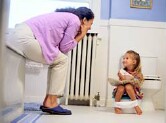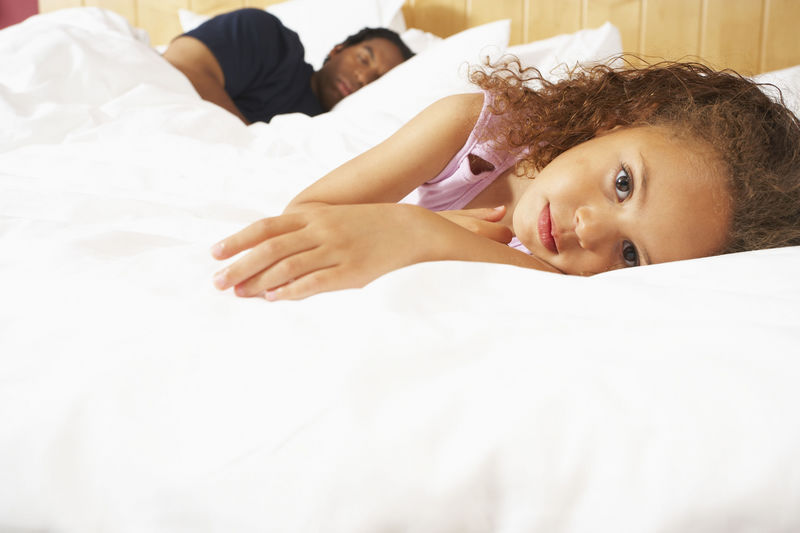
FRIDAY, Jan. 22 (HealthDay News) — If you’re ready to ditch your toddler’s diapers for good, the best time to start potty training may be between the second and third birthdays.
A new study suggests 27 to 32 months is the ideal window for moving your child out of diapers. Children who were toilet trained after 32 months were more likely to have urge incontinence — daytime wetting and bed-wetting — between ages 4 and 12.
And potty training children sooner than 27 months generally doesn’t work either, according to background information in the study. Prior research has shown potty training too soon just prolongs the process.
“There are two schools of thought on potty training. One is to try to train the kids very, very early, and another says you should wait until kids are older and demonstrating signs of being ready. But there has never been a study scientifically showing when is the best time,” said lead study author Dr. Joseph Barone, chief of urology at Bristol-Myers Squibb Children’s Hospital in New Brunswick, N.J. “This study gives parents an idea of when it’s a good time to train,” he said.
Although there are always parents on the playground who brag they trained their child in a day, the study — published in the December 2009 issue of the Journal of Pediatric Urology — found timing was more important than technique.
Researchers asked the parents of 157 children ages 4 to 12 who were seen by a doctor for urge incontinence about when they started potty training and which method they used. Their answers were compared to those from the parents of 58 children matched for age, gender, race and other factors who did not have urge incontinence.
The mean age for toilet training of children with urge incontinence was 31.7 months, compared to 28.7 months for children who did not have problems with daytime wetting.
As for technique, parents were given three choices: a child-oriented approach, described as waiting for the child to show signs of readiness before initiating training and then letting the child direct the toilet training process; a parent-oriented approach, described as starting training when the parent was ready and then bringing the child to the toilet at regular, defined intervals, or a combination of the two.
Researchers found no difference in the method of toilet training and the likelihood of having problems with wetting at ages 4 to 12.
Age shouldn’t be the deciding factor in beginning potty training, said Peter Stavinoha, author of the book “Stress-Free Potty Training” and a clinical neuropsychologist at Children’s Medical Center of Dallas.
The key is making sure your child is physically and developmentally ready, Stavinoha said. Although many children will show potty training readiness at about 2 1/2, it can vary, Stavinoha said.
“Many parents approach potty training as something over which they have total control,” Stavinoha said. “Parents are a big contributor to their child’s development, but they don’t really control it. Parents are there to facilitate, to guide, to reinforce and to praise, but parents shouldn’t put pressure on themselves that if they do a series of steps, the children will achieve a certain outcome.”
If you feel like you’ve been changing diapers forever, you’re not alone. Over the last few decades, the mean age of potting training has crept up in the United States and other countries, including Brazil, Switzerland and China, the article said. In 1980, the mean age U.S. children were toilet-trained was 26 months. In 2003, it was 36.8 months.
One possible explanation for later potty training is the widespread availability and convenience of disposable diapers, the study authors propose.
|
Tips to Trouble-Free Toilet Training When you think it’s time, Barone and Stavinoha offer these tips for getting kids trained:
If a child is 4 or 5 and still not staying dry during the day, or if you suspect the reason may have a physical cause, discuss it with the pediatrician, Stavinoha said. |
More information
There’s more on potty training at the American Academy of Family Physicians.

